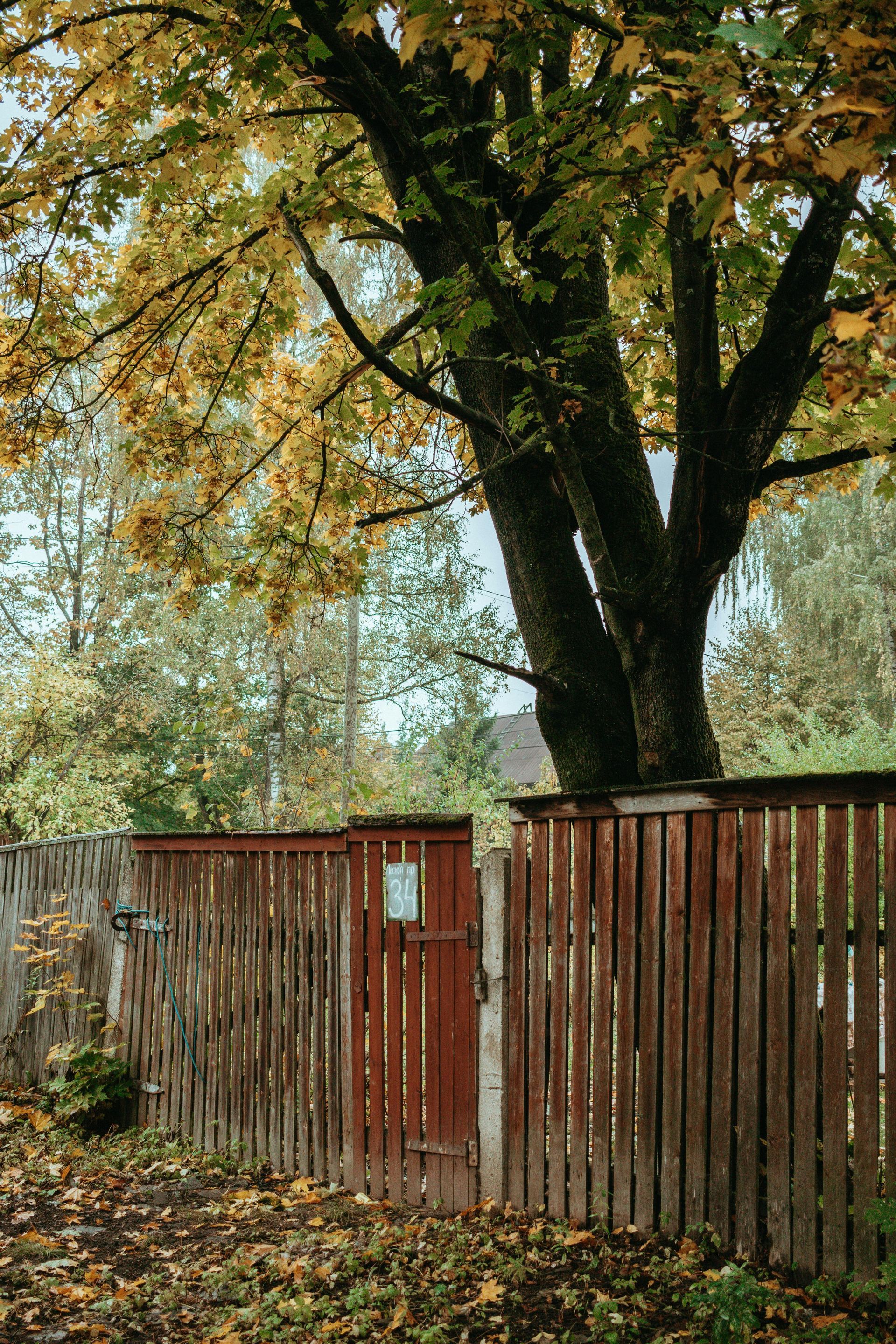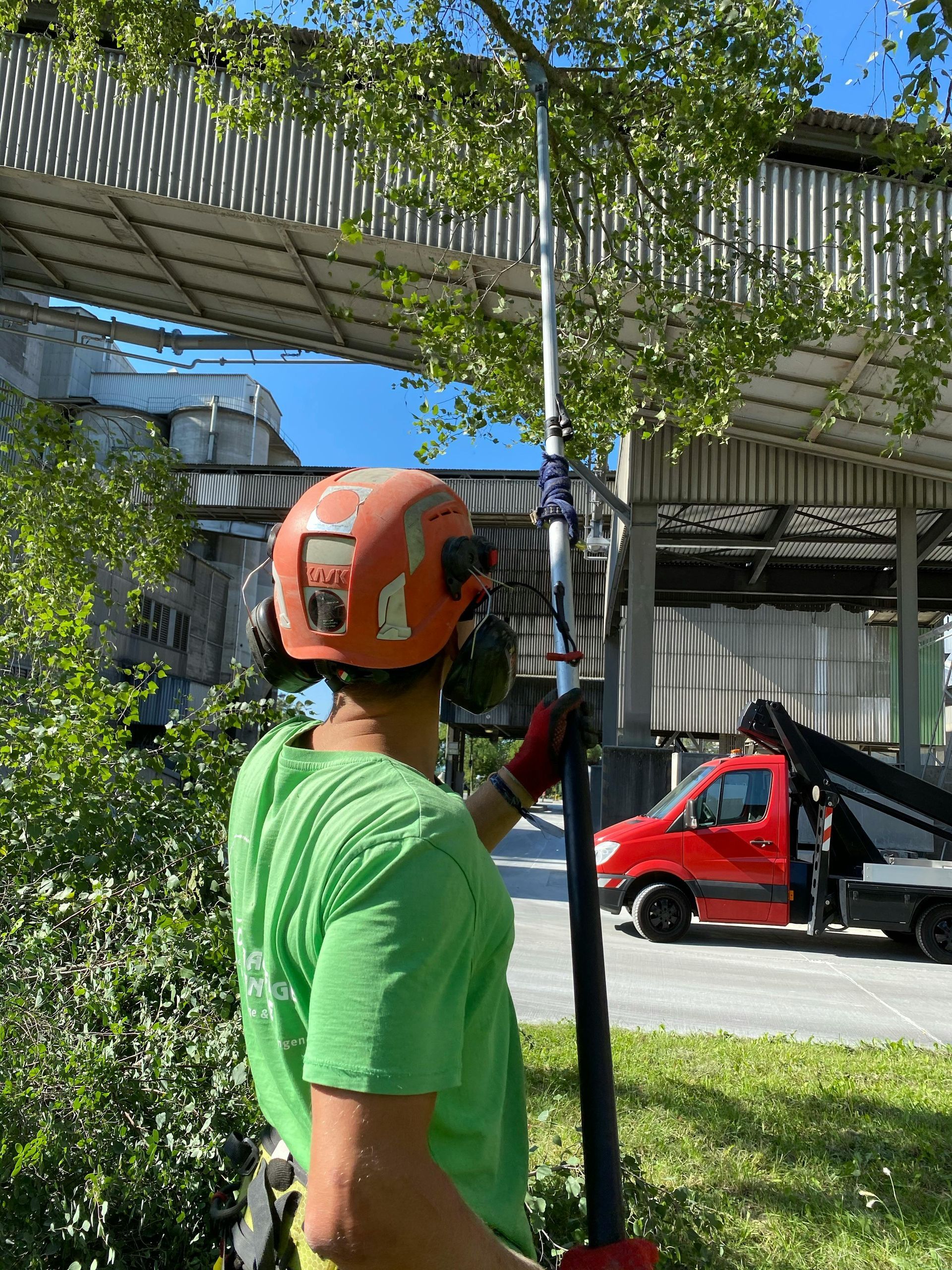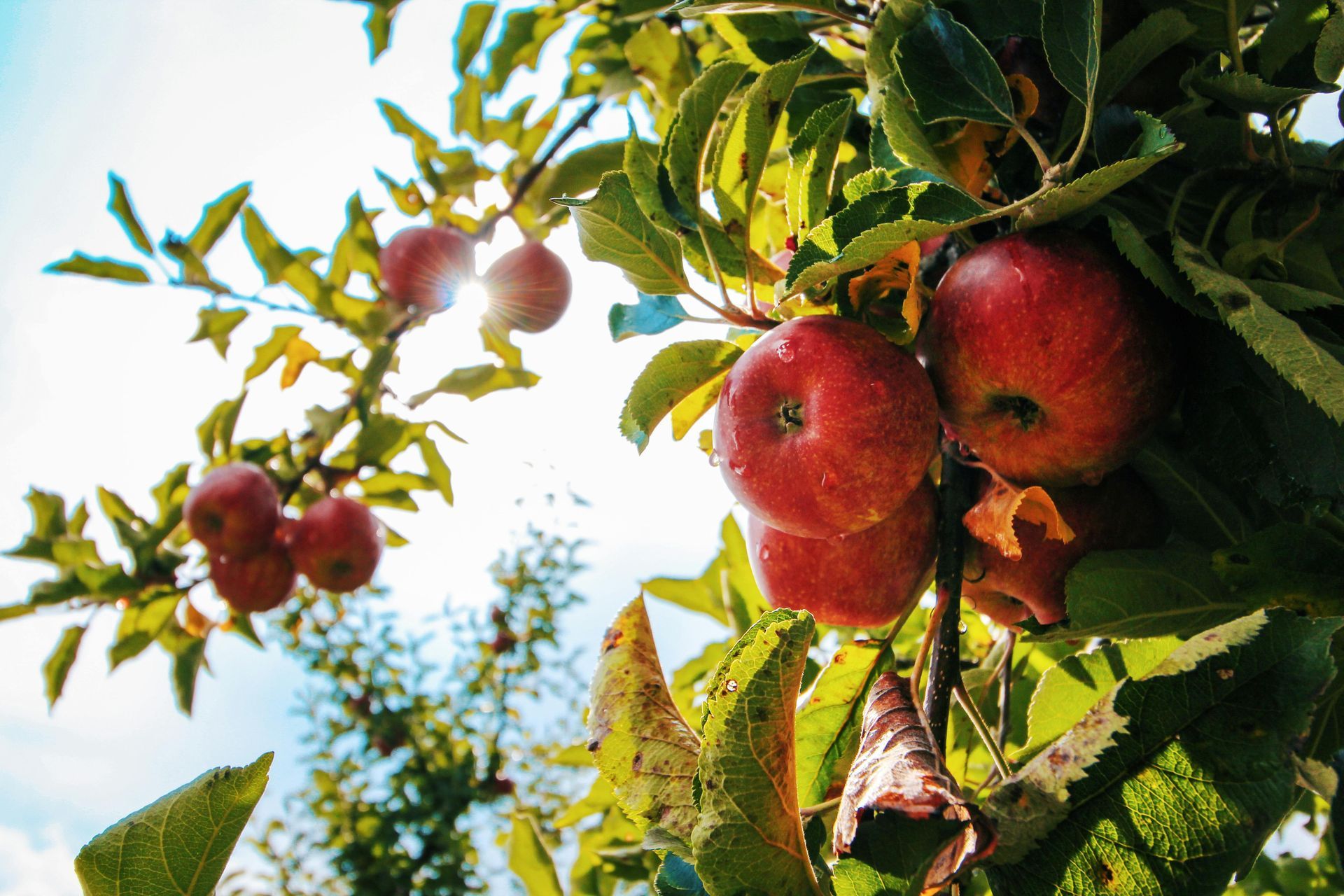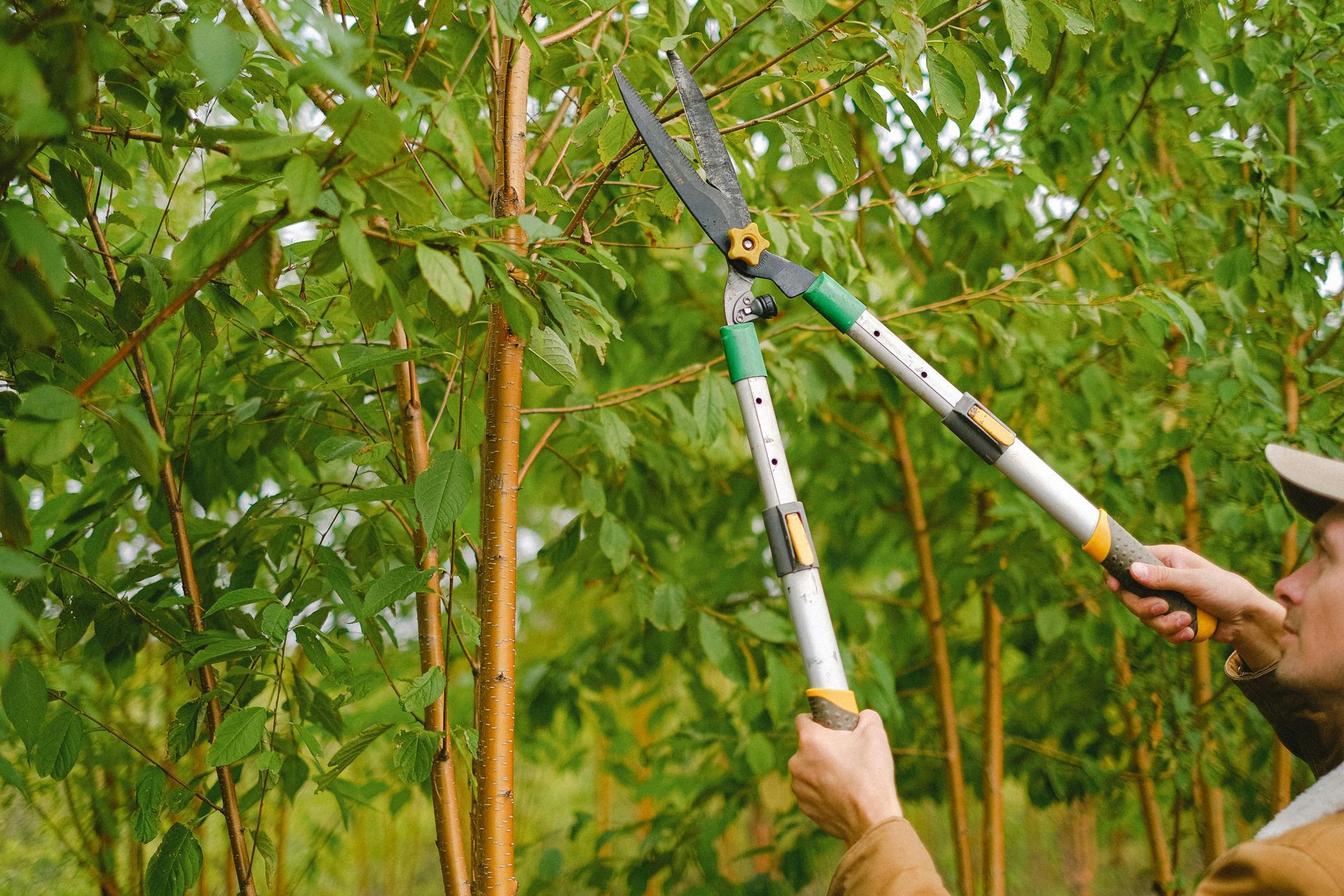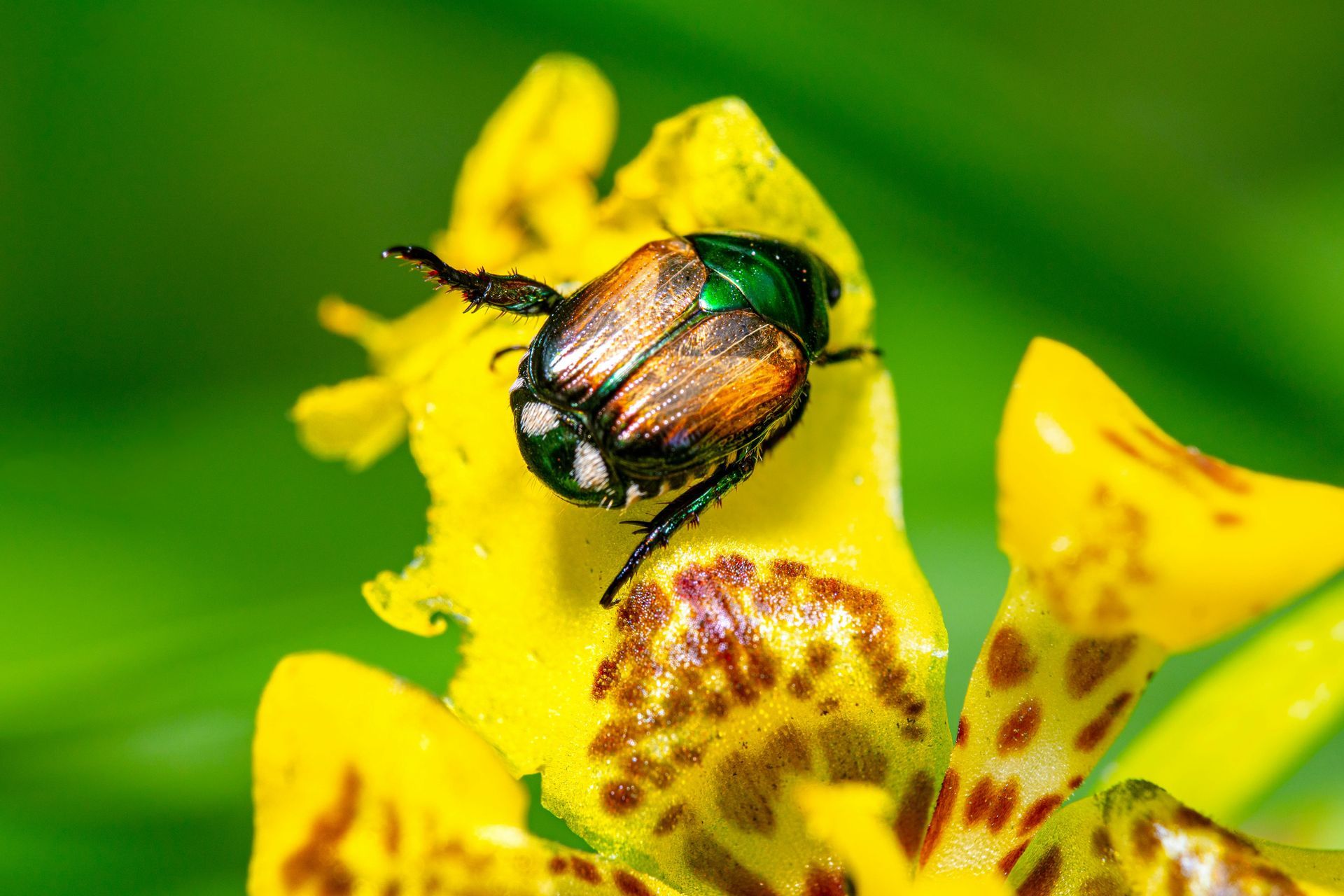Storm Damage Prevention for Trees
Storm Damage Prevention for Trees
Introduction
August in Northwest Indiana is a pivotal time for trees and shrubs. They’ve weathered summer’s heat, pests, and storms, but the season isn’t over yet. Late summer is the perfect opportunity to strengthen plants for the weeks ahead and prepare for fall growth and recovery.
Here’s how to care for your landscape now for healthier trees and shrubs into autumn.
1️⃣ Monitor for Heat & Drought Stress
Even as nights start to cool slightly, August can be hot and dry. Watch for:
- Wilting, curling, or scorched leaves
- Premature leaf drop
- Thinning canopy or stalled new growth
💧 Watering tip: Continue deep watering during dry periods, especially for young or recently planted trees.
2️⃣ Address Lingering Pest & Disease Issues
Some summer pests and diseases linger into August:
- Spider mites on evergreens or deciduous ornamentals
- Scale insects in later stages
- Leaf spots that may require sanitation to reduce spread
Treatment now can help reduce pest/disease pressure going into fall.
3️⃣ Inspect for Structural or Storm-Related Damage
August storms can cause limb breakage or reveal weak branch unions. Corrective pruning now can reduce risk during heavier fall winds.
4️⃣ Plan for Fall Care
Late summer is a good time to:
- Schedule fall fertilization for root development
- Plan dormant or structural pruning
- Evaluate trees for cabling or bracing needs
🌿 Final Thoughts
Late summer is a maintenance and planning window...addressing problems now and preparing for fall keeps your landscape healthy and resilient.
📞
Need help with late-summer care or fall planning? Let’s schedule a property review.
Call today 219-331-5901




